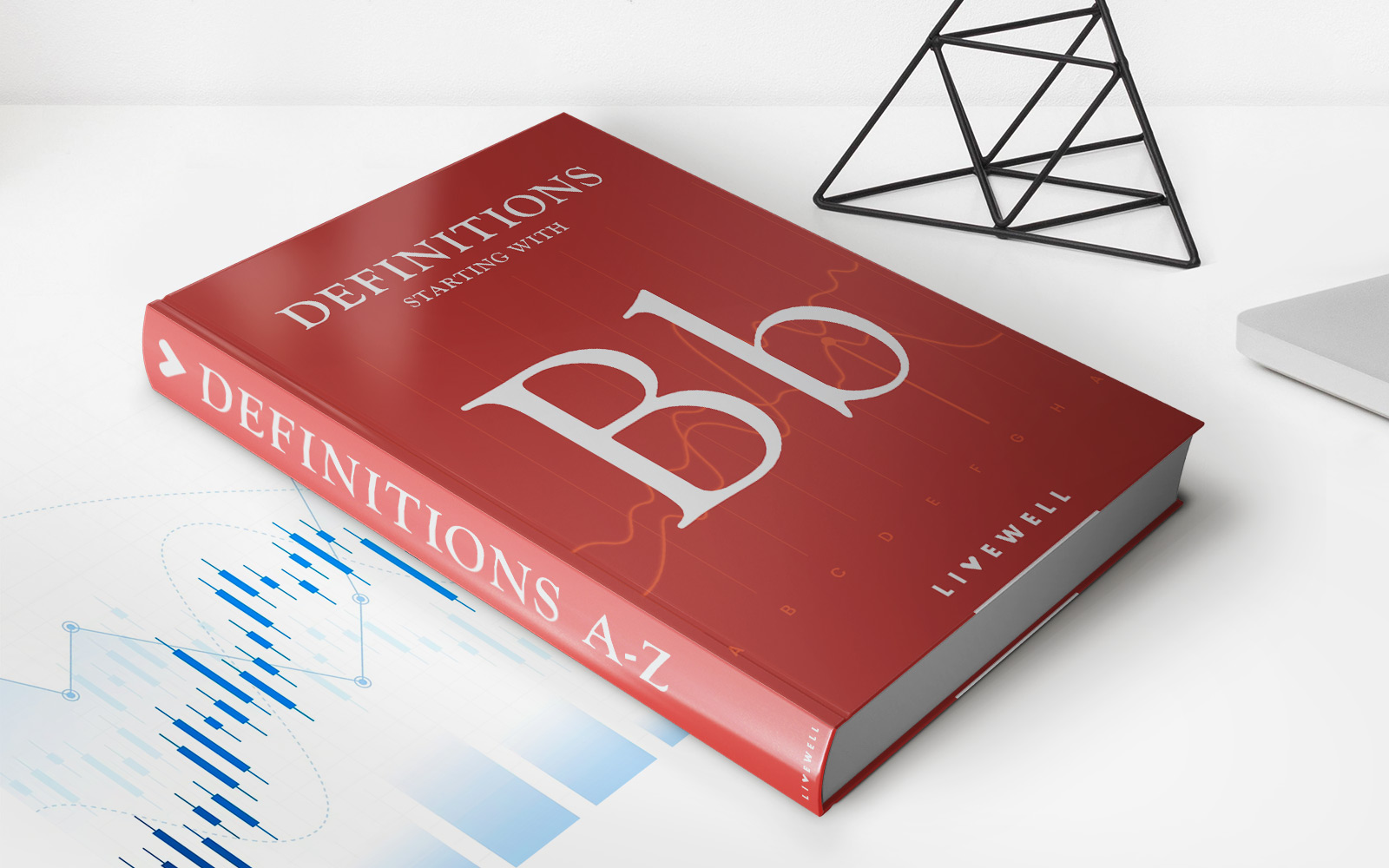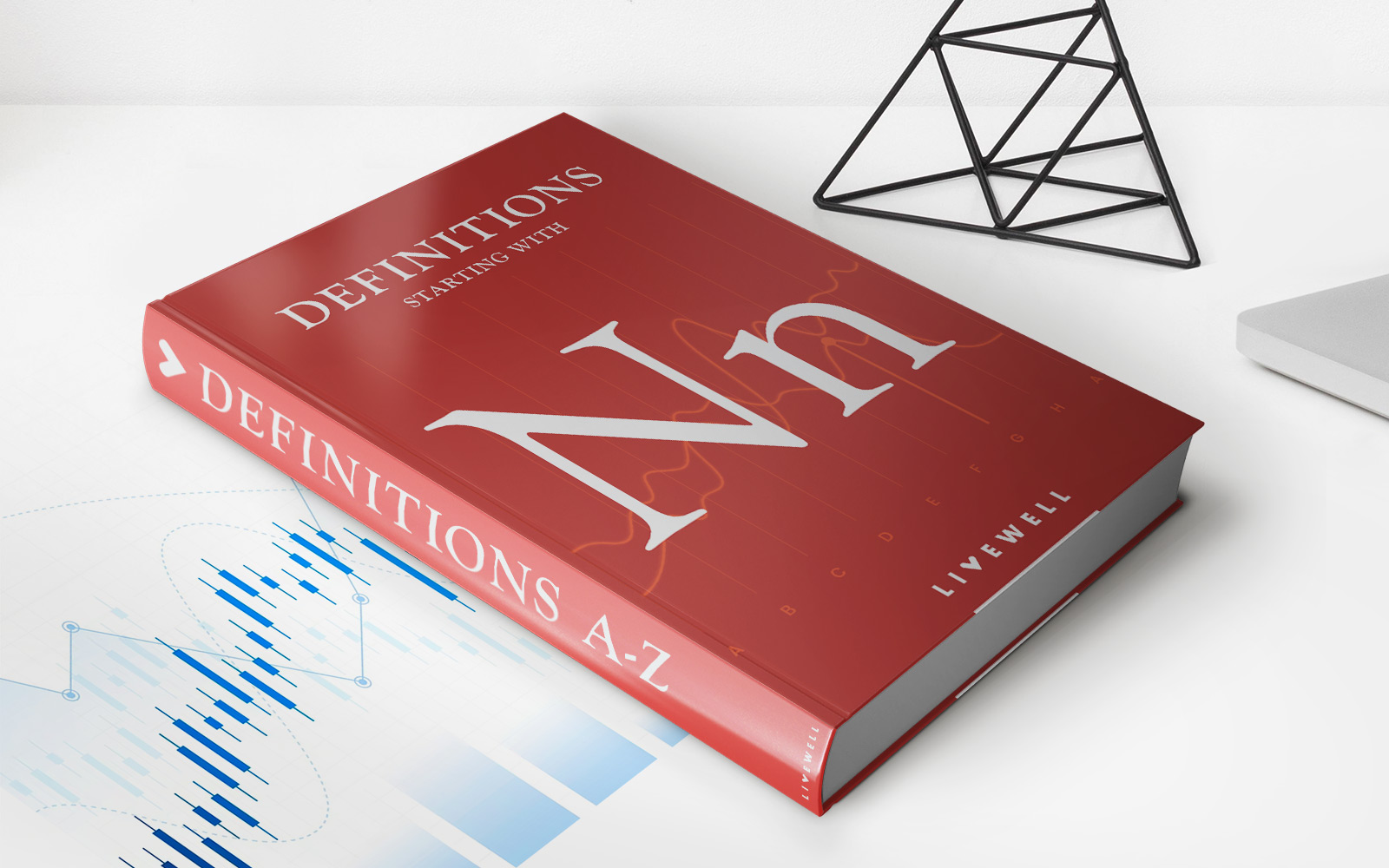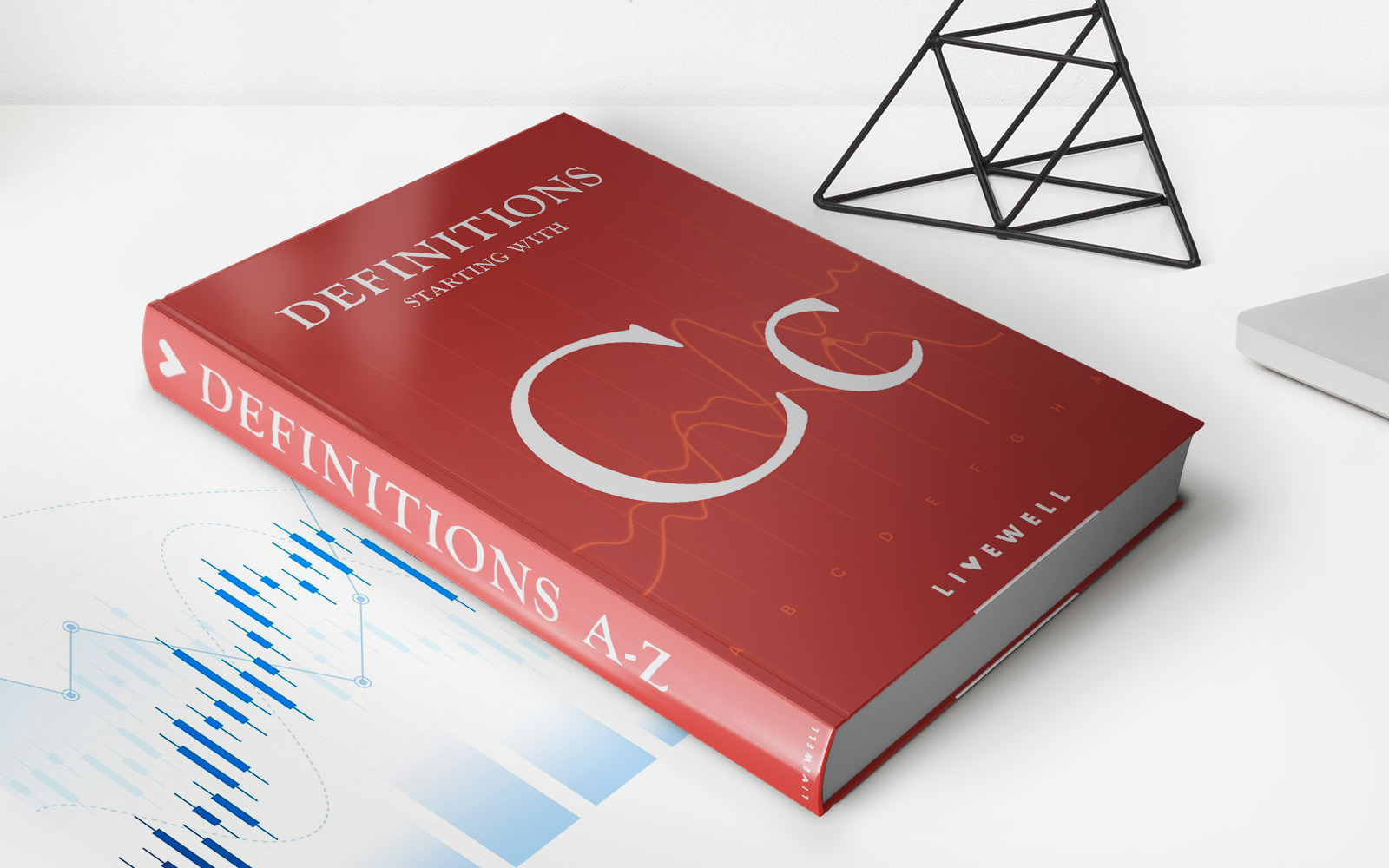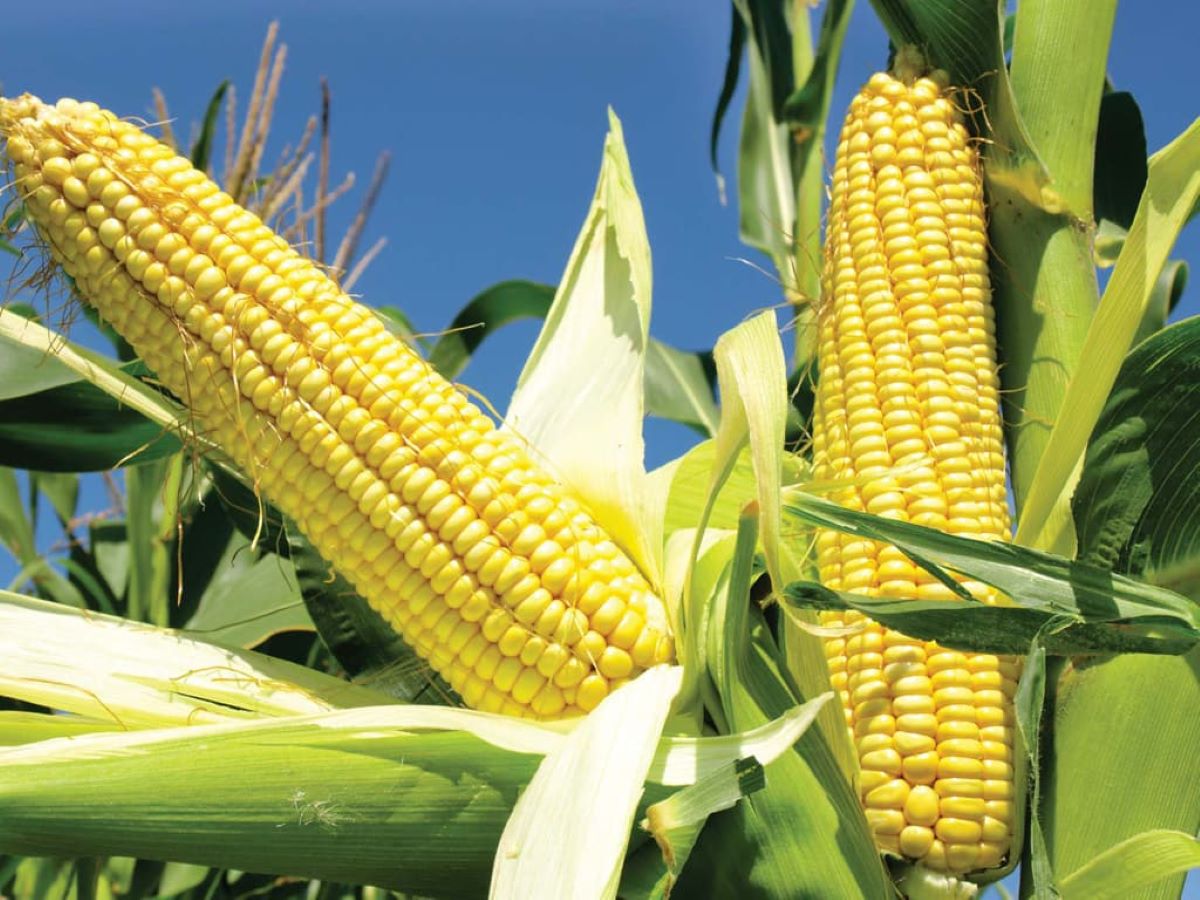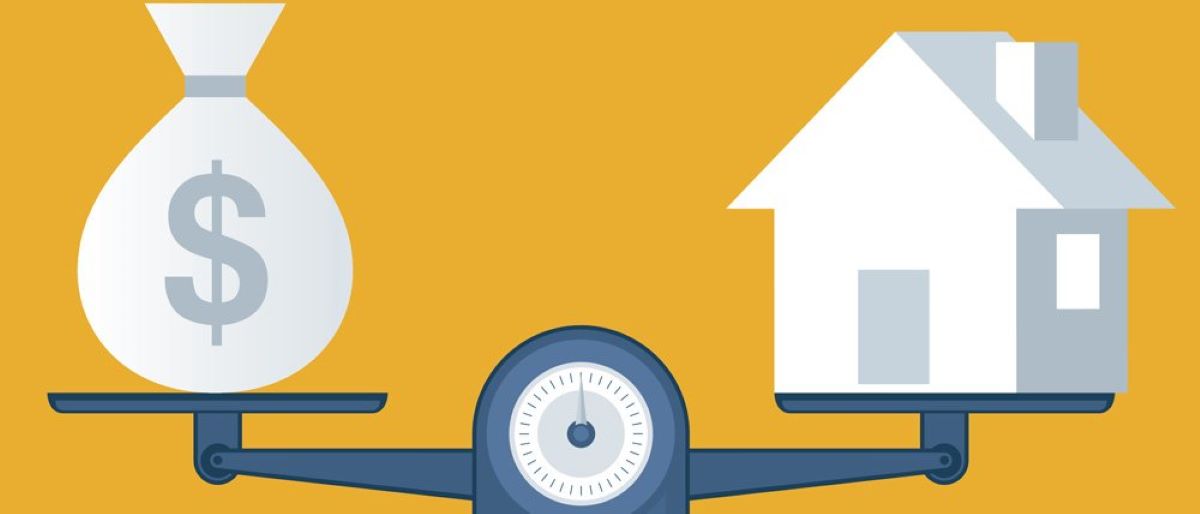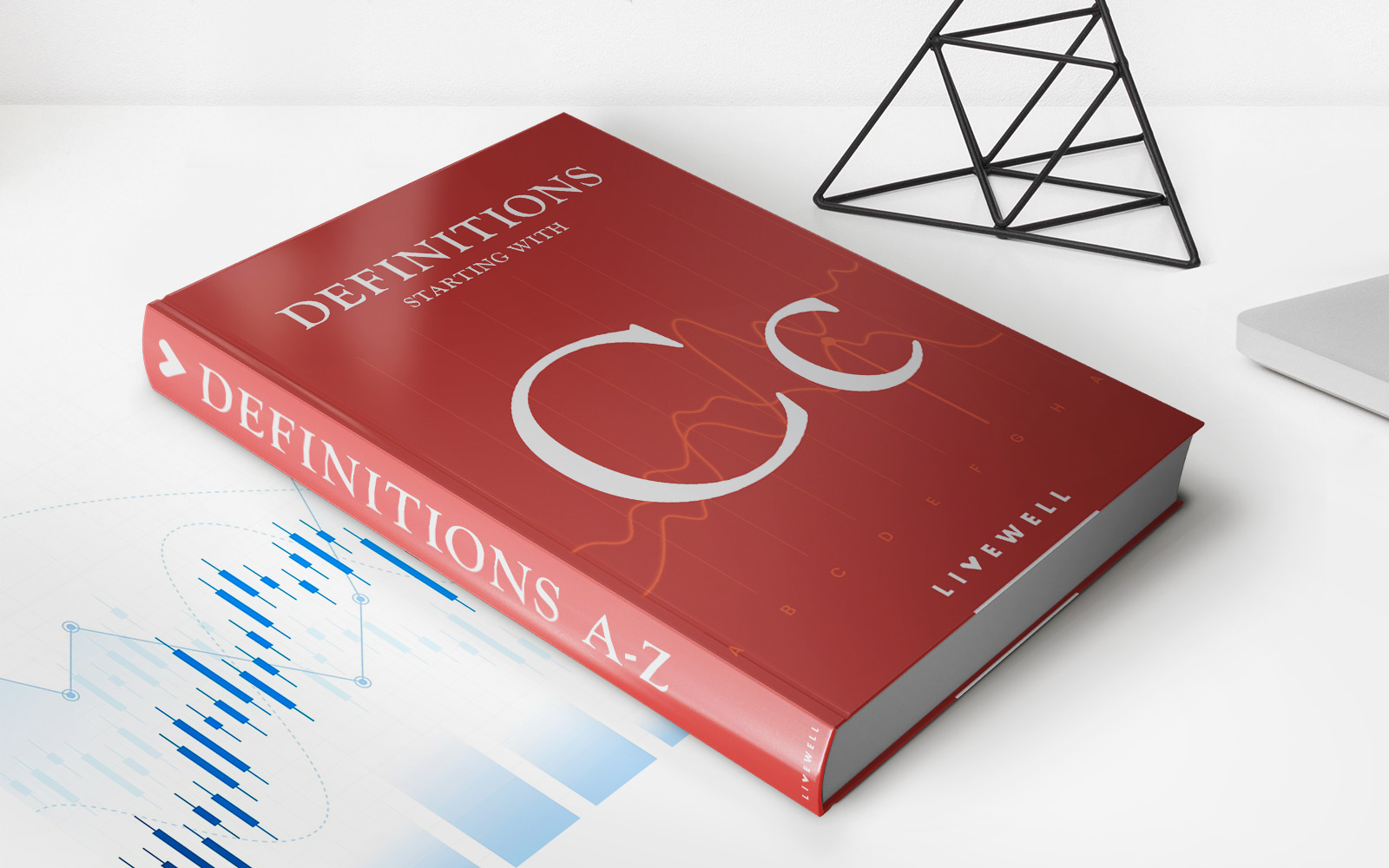

Finance
Corn-Hog Ratio Definition
Published: November 3, 2023
Learn the definition of corn-hog ratio in finance. Explore how this ratio is calculated and its significance in agricultural markets.
(Many of the links in this article redirect to a specific reviewed product. Your purchase of these products through affiliate links helps to generate commission for LiveWell, at no extra cost. Learn more)
The Corn-Hog Ratio Definition: Understanding the Key Indicator in the Finance World
Welcome to our Finance category! Today, we are diving into a fascinating topic that plays a significant role in the agricultural and financial sectors – the corn-hog ratio definition. If you’ve ever wondered how the price of corn affects the price of pork, you’ve come to the right place. By the end of this article, you’ll have a clear understanding of what the corn-hog ratio is and how it is used as a key indicator in the finance world.
Key Takeaways:
- The corn-hog ratio is a financial indicator used to measure the profitability of pork producers.
- This ratio compares the cost of corn – a major input in pork production – to the price of hogs, allowing farmers and economists to assess the potential profit margins in the industry.
Now, let’s dive into the details! The corn-hog ratio takes into account two critical components: the cost of corn and the price of hogs. Both of these factors have a direct impact on the profitability of pork producers, making the ratio an essential tool for farmers, analysts, and investors. Here’s a breakdown of how the corn-hog ratio is calculated:
- Price of Hogs: This refers to the market value of hogs at a specific point in time. This price fluctuates depending on various factors such as supply and demand, weather conditions, and consumer preferences.
- Cost of Corn: Corn is a primary input in the pork production process as it is used as feed for hogs. The price of corn can also experience significant fluctuations due to factors like weather conditions, global demand, and government policies.
By dividing the cost of corn by the price of hogs, we arrive at the corn-hog ratio. This ratio indicates whether it is more cost-effective for farmers to sell their hogs or use them for meat production. A higher ratio suggests that the profit margin is favorable for meat production, while a lower ratio indicates that it might be more profitable for farmers to sell their hogs as live animals.
So, how exactly is this ratio useful? Let’s uncover its significance in the finance world:
Significance of the Corn-Hog Ratio:
The corn-hog ratio serves as a key indicator in the finance world, providing valuable insights into the profitability of pork producers and the overall health of the agricultural industry. Here are two key takeaways:
- Economic Forecasting: Economists and analysts utilize the corn-hog ratio to predict future trends in the pork market and the broader agricultural sector. This ratio helps them determine when there might be a shift in pork production based on the relative costs of corn and hogs.
- Strategic Decision Making: Farmers and industry stakeholders use the corn-hog ratio to make informed decisions regarding their production and marketing strategies. By analyzing the ratio, they can identify the most profitable times to sell their hogs or adjust their feeding and production practices to maximize profits.
In conclusion, the corn-hog ratio is a vital tool in the finance world, providing valuable insights into the profitability and potential trends in the pork production industry. By understanding this ratio, farmers, investors, and analysts can make informed decisions to optimize their operations, ensure profitability, and contribute to the overall growth of the agricultural sector.


